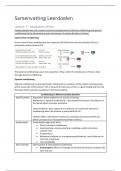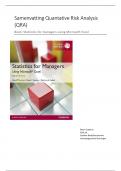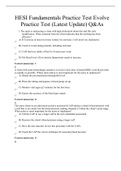Samenvatting
Summary Mood, Anxiety & Psychotic disorders lecture 7-12
- Vak
- Instelling
This summary is based on the learning objectives of the subjects and is about: the acquisition of fear, fear memory, intrusive thinking, suicidality, mood instability & bipolar disorders and psychosis.
[Meer zien]






